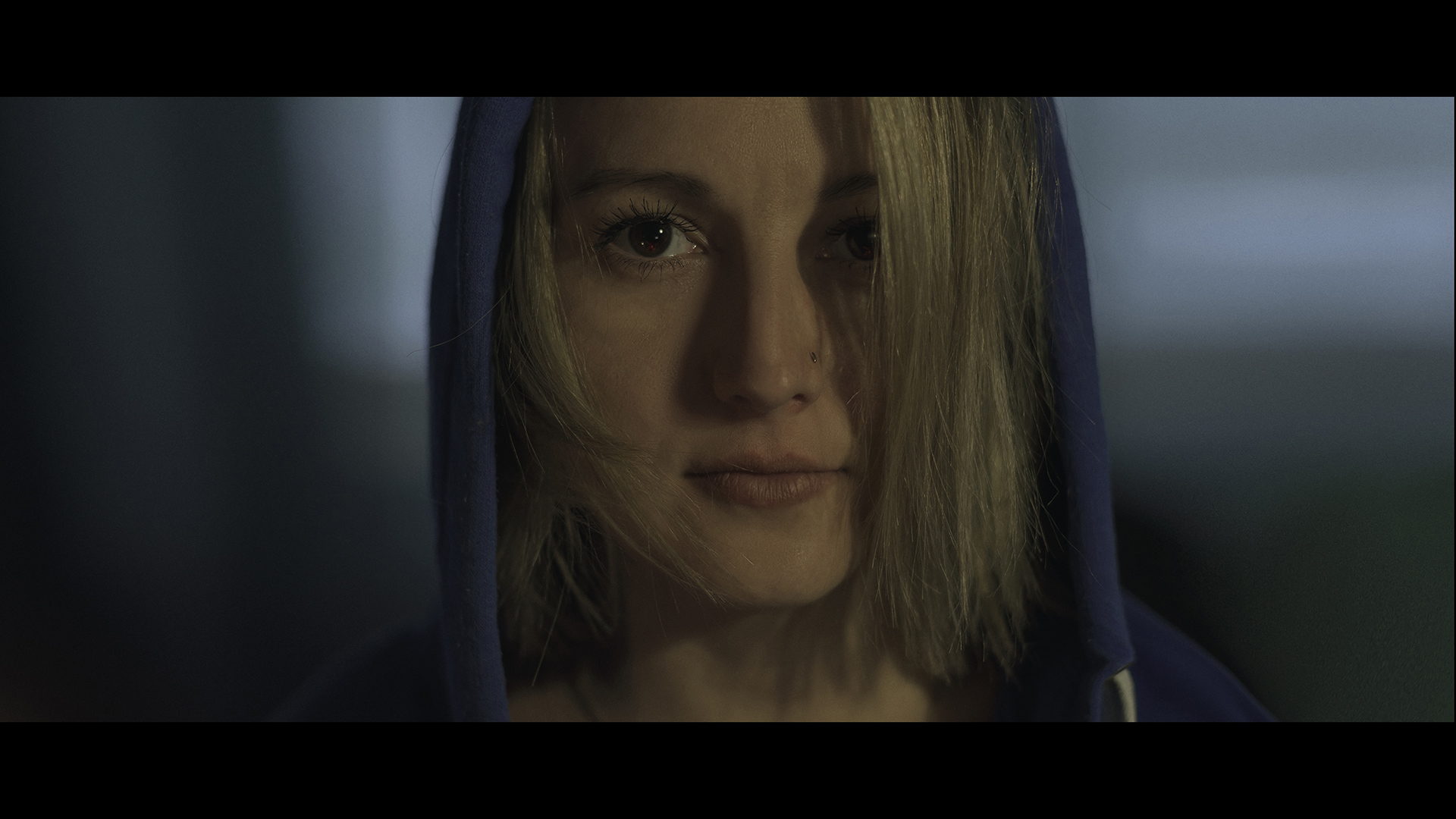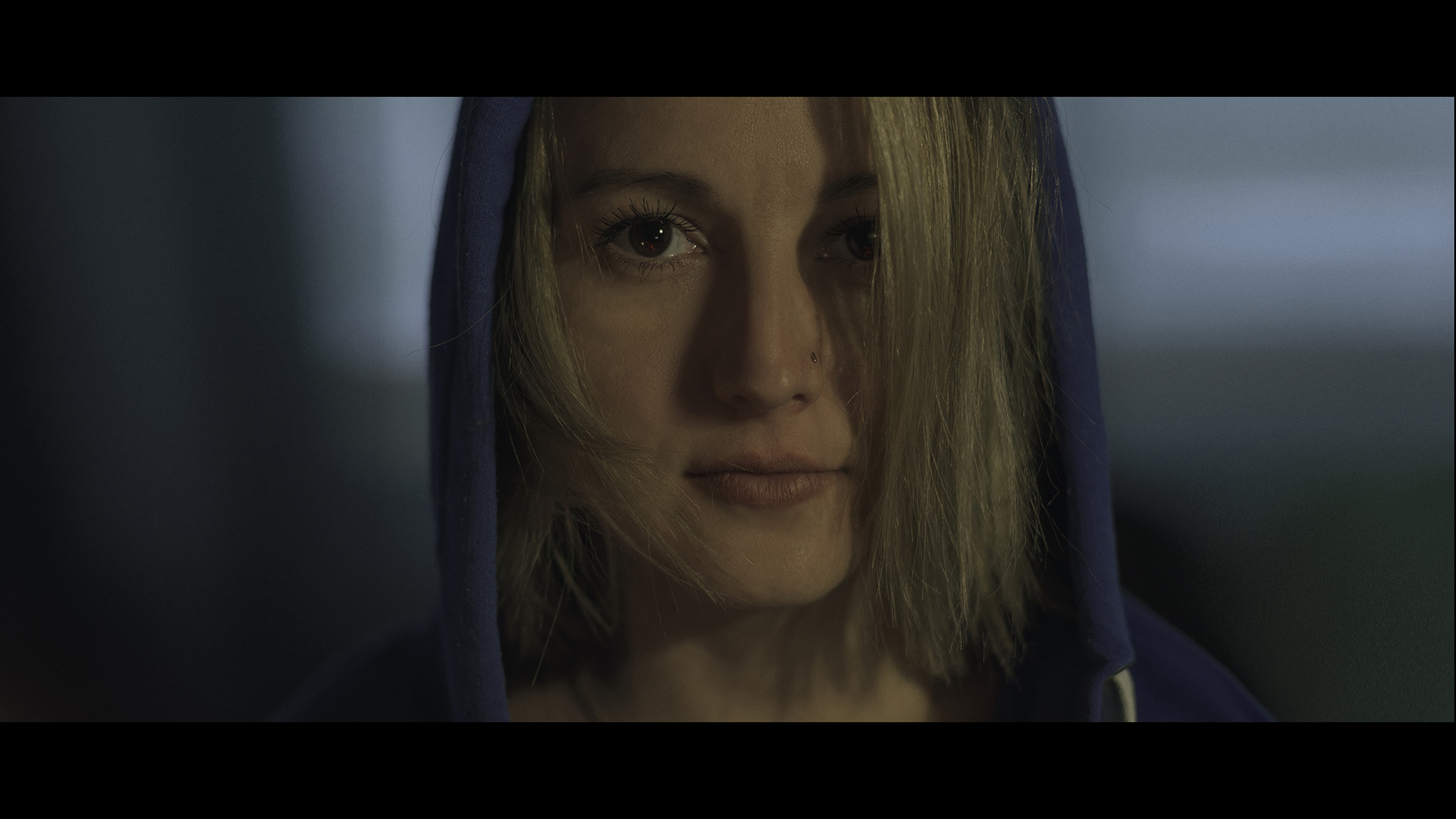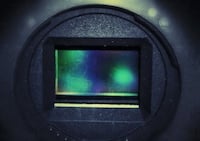
Replay: The idea of something being 'cinematic' may well have reached the point where it simply has no meaning any more. Does it need redefining?

After reading the article that Phil Rhodes wrote the other day entitled “What we traditionally think is 'cinematic' could be completely wrong”, it got me thinking. The term cinematic is often banded around fairly freely when referring to images but can it be simply defined?
Merriam-Webster.com lists it as:-
Definition of cinematic
1: of, relating to, suggestive of, or suitable for motion pictures or the filming of motion pictures //cinematic principles and techniques //cinematic special effects
2: filmed and presented as a motion picture //cinematic fantasies, //a cinematic adaptation of a novel
Can you achieve it by adding something to your shoot. Does a simple mask making your shot wider than 16:9 work. Is it achieved by adding film grain or a grade which emphasizes teal and orange?
The truth is it’s a bit more ethereal than that, a combination of these can go some way to achieving a cinematic look. Depth of field is a key part as is dynamic range. Although sometimes over emphasising these can actually detract. Razor thin depth of field where the subject moves in and out of sharp focus can be very distracting. You might also consider frame rate and shutter speed. It’s actually very easy to make an image that moves away from being cinematic by changing your shutter speed, a 180 degree shutter (or 1/2xframe rate) is a good place to start. Increasing speed or decreasing angle can often be used to sharpen up movement and especially when shooting slow motion. However decreasing it can often be done in error unless if deliberately chosen for effect.
You see a lot of cameras will default to a 360 degree shutter or 1/frame rate when set to progressive. This is a hangover from the days when video cameras first offered progressive and when switching from interlaced to progressive mode you would see a drop in sensitivity. For example when shooing 50i (at 1/50th) and then switching to 25p (also at 1/50th) you would see a 1 stop difference in light gathering. These lower speeds blur movement and can really show the non cinematic origins, this can be especially distracting if you have shot with more than one camera in a scene and they do not match.
Frame rate
Then there’s frame rate, very few people can tell the visual difference between 23.976p, 25p and 29.97p if the shutter speed is 180° or the equivalent but the former is seen as more cinematic due to its proximity to 24p. If theatrical distribution widely adopts HFR projection does this suddenly mean that 60p, 120p or more suddenly becomes encompassed in the term cinematic? I think this will ruffle a lot of feathers.
The truth is that often achieving a cinematic image is down to a combination of many things and these are not just limited to the purely technical, the sort of lenses used, framing and how the camera is moved can play a big part. Great sound is another big part of being cinematic and of course this is often ignored when referring to the term.
The simple answer is that there is no simple answer and those thinking that adding purchased LUTS or masking at 2:1 or above is a simple way to make your film more cinematic, well I think you’ll find it’s not as easy at that. You can improve the look, if you’ve shot with the idea of adding these in post but lots of other things like script, editing, directing and score also make a big difference.
The other part of this is that it’s simply more subjective than you might think. For people who have never been to a cinema how does that work, how can you judge a film to be cinematic when you’ve never been to the cinema? It’s going to become more frequent than you might think. This is partly due to great at home experiences with physical media and streaming services screenings on large screen TVs and home cinemas with projectors.
As you can probably tell I’ve never been a fan of the word, maybe the term cinematic needs updating - it’s first known use was in 1912 after all - and things have moved on a lot since the introduction of Edison’s Home Kinetoscope projector.
Tags: Production


Comments